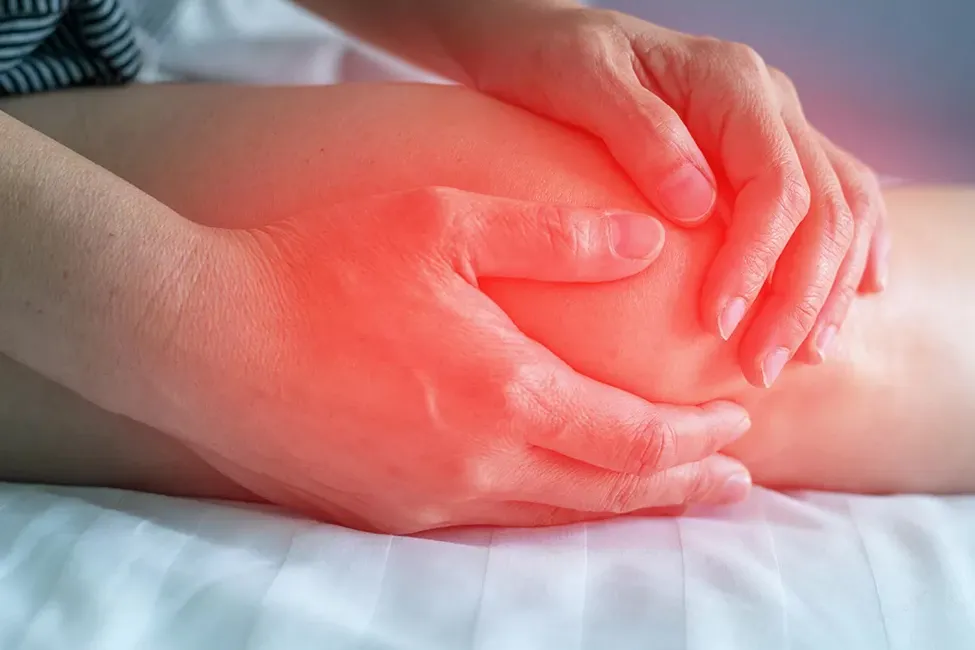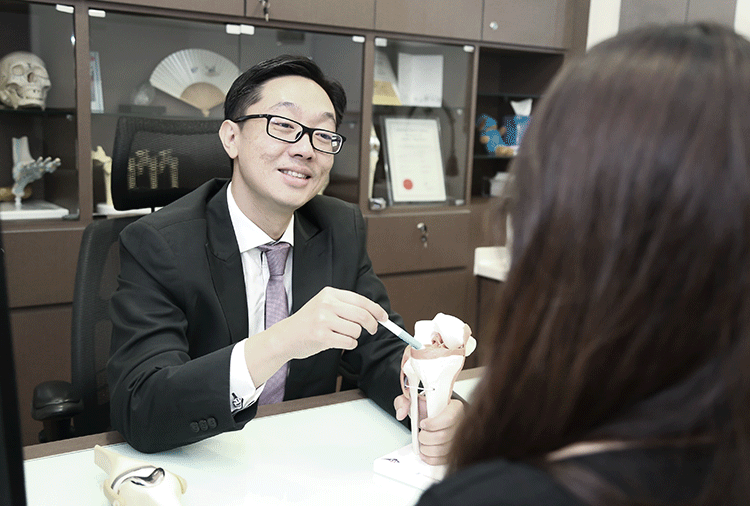Tendon injuries can be stubborn to heal, especially for those involved in sports or repetitive activities that put a strain on muscles and joints. Platelet-Rich Plasma (PRP) Therapy has gained popularity as a promising treatment option to speed up recovery, reduce pain, and enhance the body’s natural healing process. Here’s how PRP therapy works, why it’s effective for tendon injuries, and what you can expect from this regenerative treatment.
What is Platelet-Rich Plasma (PRP) Therapy?
PRP therapy uses a concentrated solution of platelets and growth factors drawn from your own blood to accelerate healing in injured tissues. Platelets, known for their role in clotting, also contain proteins and growth factors that stimulate tissue repair and regeneration.
The PRP process typically involves:
- Blood Extraction – A small sample of blood is drawn from the patient.
- Centrifugation – The blood is spun at high speeds in a centrifuge, separating the plasma from other blood components and concentrating the platelets.
- Injection – The PRP, rich in growth factors, is injected directly into the injured area, such as the affected tendon, to promote healing.
Why PRP is Effective for Tendon Injuries
Tendon injuries, like tennis elbow, Achilles tendonitis, and rotator cuff injuries, can be challenging to heal due to limited blood flow to the tendons. PRP therapy provides a targeted boost of healing agents directly to the injured tendon, helping the body repair damaged tissue faster than it might on its own.
Some of the key benefits of PRP for tendon injuries include:
- Reduced Inflammation – PRP has anti-inflammatory effects, which can help reduce the pain and swelling commonly associated with tendon injuries.
- Enhanced Collagen Production – Collagen is a vital protein in tendon healing, and the growth factors in PRP stimulate collagen production, aiding in tissue repair and improving tendon strength.
- Improved Recovery Time – By enhancing the body’s natural healing response, PRP can shorten recovery times, allowing patients to return to their daily activities or sports sooner.
How PRP Therapy Works for Specific Tendon Injuries
- Tennis Elbow (Lateral Epicondylitis):
- What It Is – A common injury among tennis players, but also seen in individuals who perform repetitive arm movements, leading to inflammation in the tendons of the elbow.
- How PRP Helps – The growth factors in PRP therapy reduce inflammation and help repair small tears in the tendon, allowing for a more complete recovery and minimising the chances of recurrence.
- Achilles Tendonitis:
- What It Is – An overuse injury that causes pain in the Achilles tendon, commonly affecting runners and athletes who do a lot of jumping.
- How PRP Helps – PRP therapy delivers healing agents directly to the damaged tendon tissue, encouraging the body to rebuild stronger, more resilient fibres and reducing the risk of further injury.
- Rotator Cuff Injuries:
- What It Is – Injuries to the tendons surrounding the shoulder joint, often seen in athletes and people who perform overhead movements.
- How PRP Helps – PRP injections can enhance the healing process by reducing inflammation and increasing collagen production, aiding in shoulder stability and reducing long-term damage.
The PRP Procedure – What to Expect
If you’re considering PRP therapy for a tendon injury, here’s what you can expect from the process:
- Consultation – A physician will assess your injury to determine if PRP therapy is suitable. Some severe cases may still require surgery or other interventions.
- Injection Process – After the blood sample is drawn and processed, the PRP solution is injected into the injured tendon. The procedure is generally quick and minimally invasive, taking about an hour.
- Recovery and Aftercare – Most patients are advised to rest the injured area and gradually return to their activities. Some may experience mild soreness at the injection site, which typically subsides within a few days.
Is PRP Right for You?
PRP therapy is effective for many people but may not be the best choice for everyone. Factors to consider include the severity of the injury, overall health, and whether you’ve had previous unsuccessful treatments. For many tendon injuries, PRP can offer relief and a faster healing process without the need for extensive downtime or invasive surgery.
Ideal Candidates for PRP Therapy:
- Individuals with chronic tendon pain from overuse or sports-related injuries.
- Those seeking a non-surgical approach to injury recovery.
- Patients who have tried physical therapy or medications without success.
Pros and Cons of PRP Therapy for Tendon Injuries
Like any medical treatment, PRP therapy has its benefits and limitations. Here’s a quick overview:
Pros:
- Natural Solution – Uses the body’s own cells, reducing the risk of allergic reactions.
- Minimally Invasive – A quick injection-based procedure with minimal recovery time.
- Versatile Treatment – Can be applied to various tendon injuries, from mild to moderate cases.
Cons:
- Mixed Results – Although effective for many, PRP may not work for everyone.
- Multiple Sessions – Some injuries may require more than one session, which can add to the cost.
- Out-of-Pocket Costs – Not all insurance plans cover PRP therapy, so it’s important to check with your provider.
Incorporating PRP Therapy into Your Recovery Plan
While PRP therapy can be an effective way to speed up tendon healing, it often works best when combined with other treatments. A comprehensive recovery plan may include:
- Physical Therapy – Helps restore strength and flexibility to the affected area.
- Rest and Ice – Reduces inflammation in the early stages of injury.
- Strength Training – Improves muscle support around the tendon, reducing the risk of re-injury.
Book Your Appointment Now!
PRP therapy offers a promising solution for those struggling with persistent tendon injuries. By targeting the injury directly with the body’s own healing agents, PRP can reduce pain, improve function, and help you get back to the activities you enjoy. However, consulting with an orthopaedic specialist is key to understanding if PRP is the right treatment for your needs.
If you’re dealing with a chronic tendon injury, speak with a specialist about PRP therapy and other regenerative medicine options that can help get you on the road to recovery.






